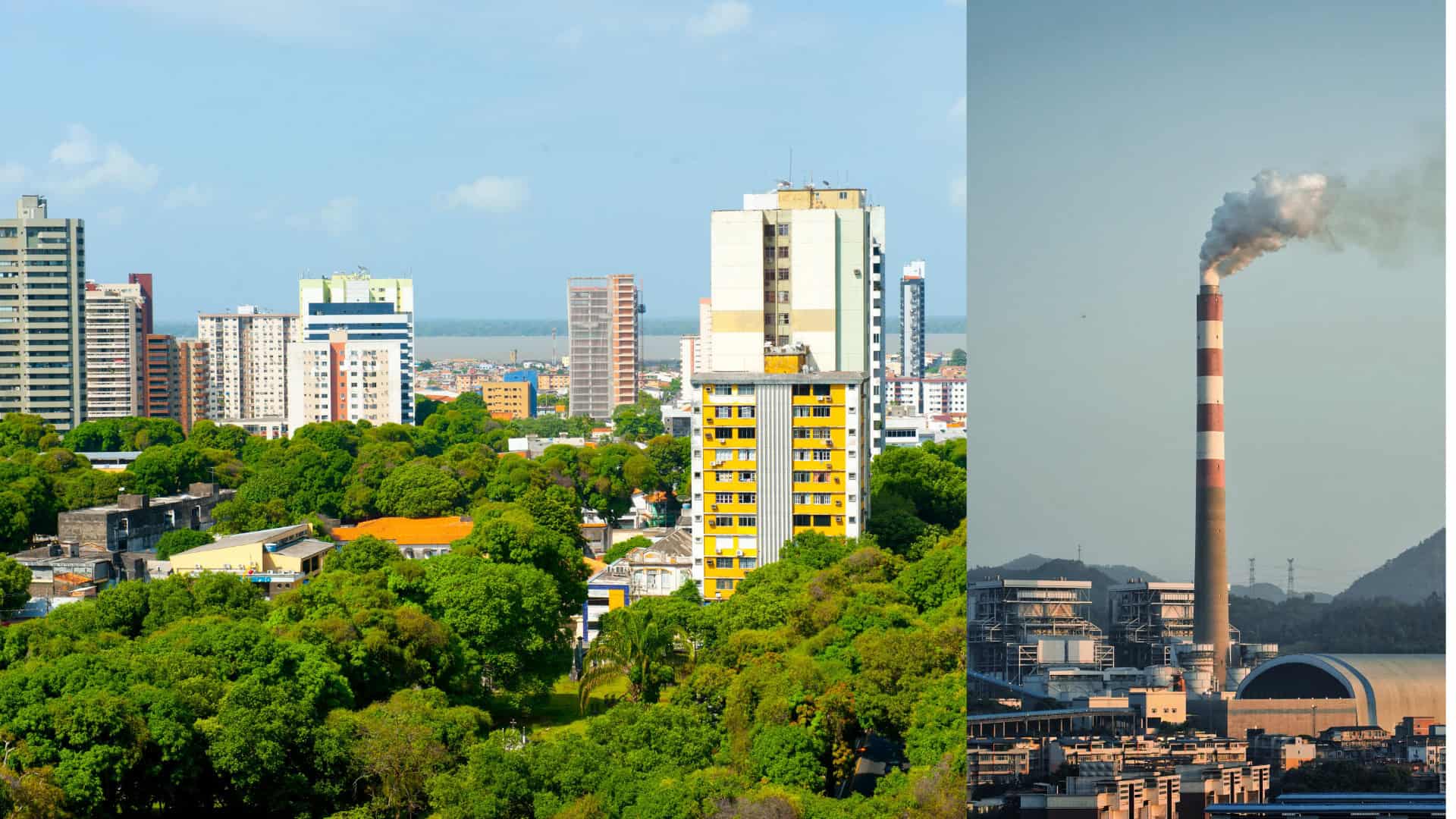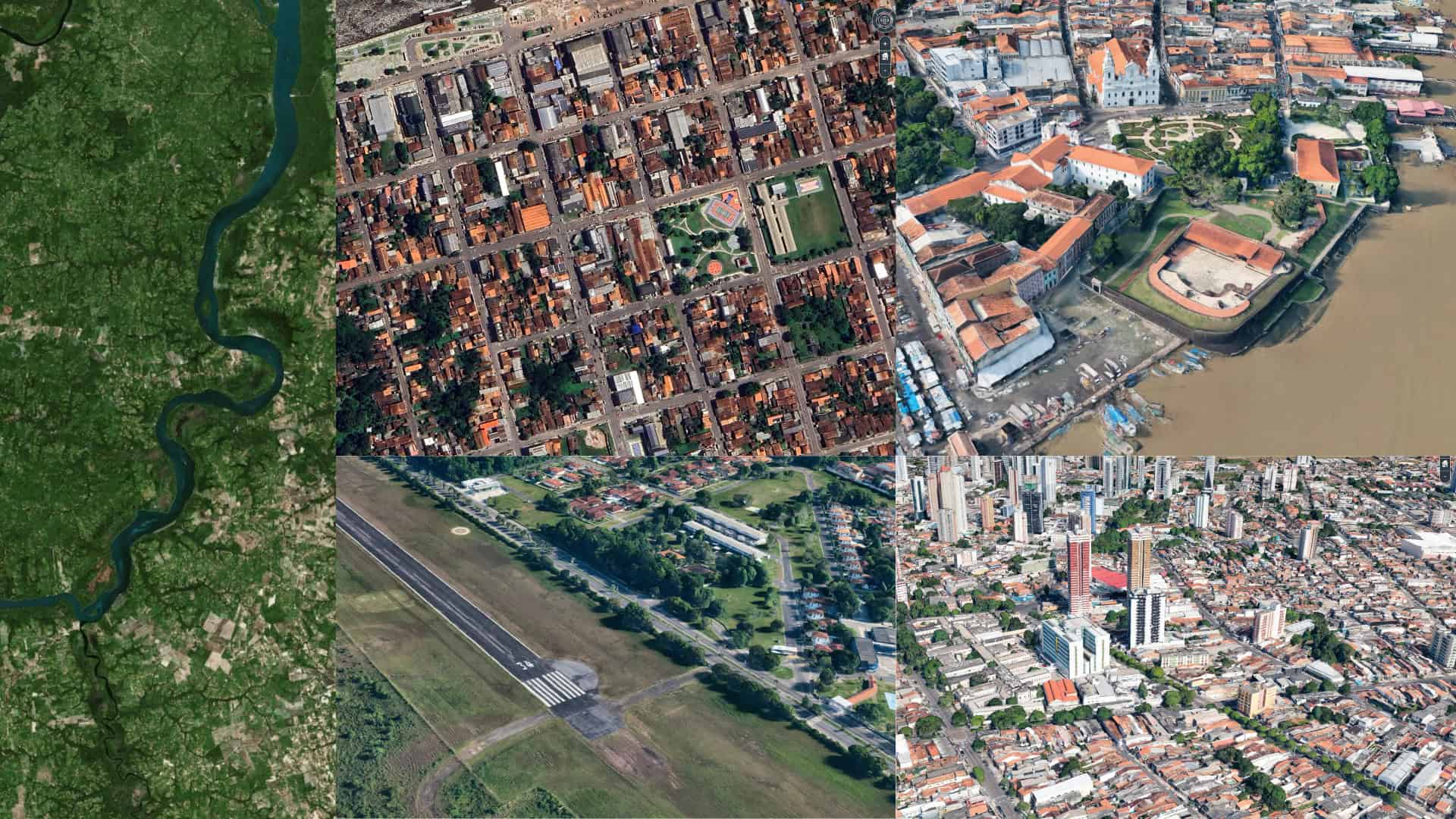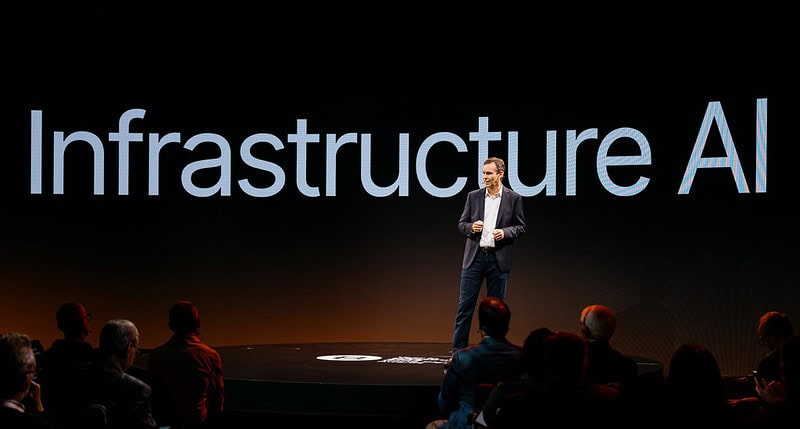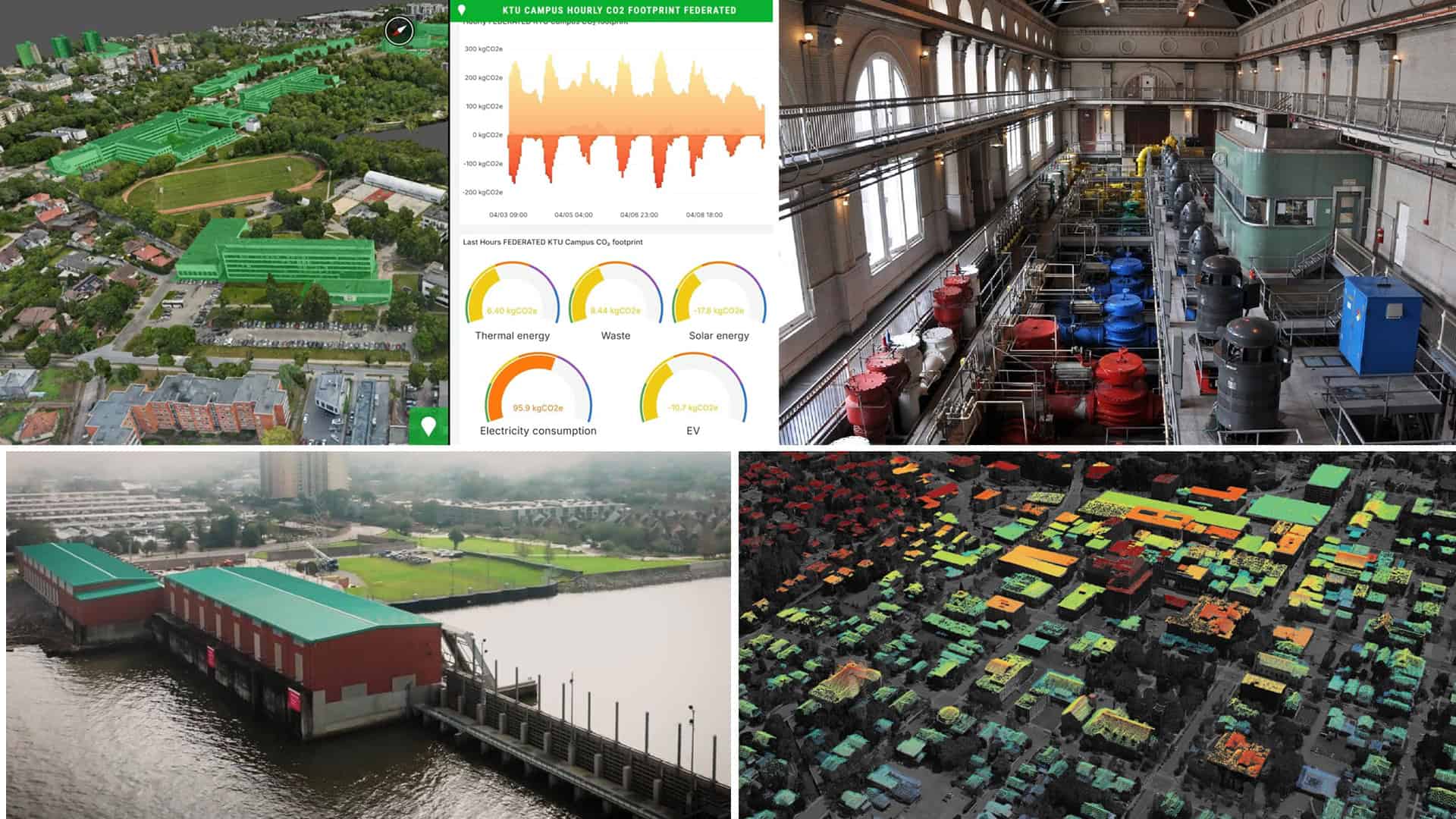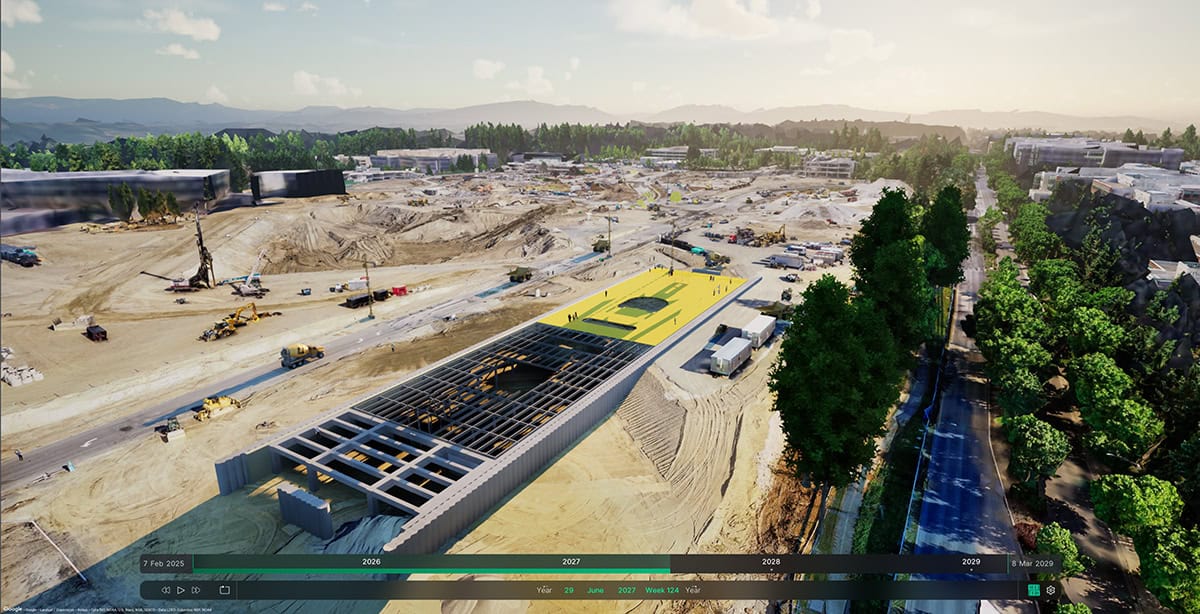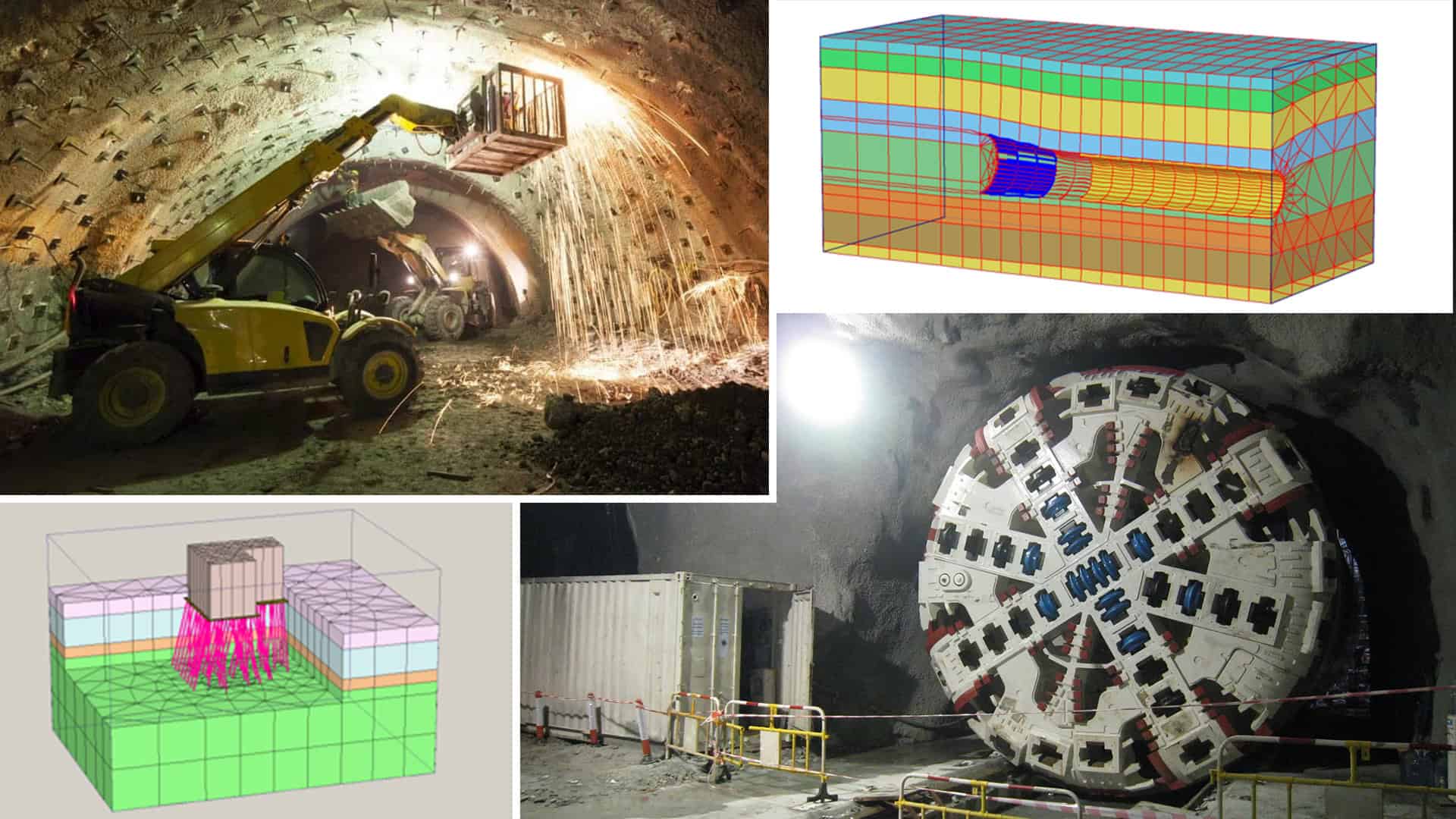In early May, you could hear a pin drop in Bangladesh’s classrooms and playgrounds, as the country’s schools and colleges closed in response to a ferocious heatwave. But there was no respite for rickshaw driver Mohammed Shameem, who had no choice but to ply his trade in the roasting, congested streets of Dhaka. “It is too hard to work under the sun during a brutal heatwave,” he told Reuters. Meanwhile, over in Porto Alegre, southern Brazil, citizens were launching a rescue operation with boats and jet skis to save their neighbors from the city’s most devastating floods since 1941. Marcelo Moreira Ferreira only sought shelter and abandoned the house his father built and where he had lived his whole life when the muddy waters of the Guiaba Lake reached his chest, The Guardian wrote.
Although Shameen and Ferreira live on opposite sides of the world, their plight is an urgent reminder that climate action needs to remain two-pronged: Mitigation and adaptation. We must keep reducing greenhouse gas emissions, the root cause of global warming. But we must also make our towns and cities more resilient. This includes strengthening roads, dams, bridges, and power grids to withstand extreme weather, and also planting abundant trees to reduce heat-related deaths.
Time is running out. Extreme weather events are on the rise, while global infrastructure assets are ageing, which makes them more susceptible to heatwaves, floods, and rising sea levels. “Without adaptation, climate change will continue to degrade infrastructure performance over the rest of the century, with the potential for cascading impacts that threaten our economy, national security, essential services, and health and well-being,” stated the Fourth National Climate Assessment (NCA).
Bentley, a global infrastructure engineering software company, has been able to help. Its suite of advanced digital solutions, including digital twin technology and AI, gather, process, analyze and model engineering, computer vision, IoT and other data. The solutions help architects, builders and owners enhance the design, construction, operation, and maintenance of key infrastructure to make them more resilient.
Bentley will be sharing stories of how data and technology can help strengthen urban infrastructure at London Climate Action Week starting on June 22. The event, founded in 2019 by E3G in partnership with the Mayor of London, will host more than 300 in-person and virtual gatherings aimed at advancing the conversation about global solutions to climate change. Here’s a sneak peek of what’s on the Bentley agenda.
Give me shelter
Many places will need to build climate-proof infrastructure from scratch. The Philippines, for example, straddles the so-called typhoon belt, an area in the western Pacific Ocean where nearly one-third of the world’s tropical cyclones form. In 2013, Typhoon Haiyan brought storm surges of up to 7 meters in the Filipino city of Tacloban, which had no dedicated shelter for citizens from the abnormal water levels.
 Two 3D models engineers at the Shibayama Laboratory used to analyze load combinations on building designs.
Two 3D models engineers at the Shibayama Laboratory used to analyze load combinations on building designs.Faced with strong evidence that climate change is increasing the intensity of tropical cyclones, the city’s authorities reached out to engineers at the Shibayama Laboratory, which is part of Japan’s Waseda University. The engineers used Bentley’s Structural Analysis and Designing Program (STAAD.Pro) tools to model and develop a storm surge concept at Libertad, a district of Tacloban. They simulated extreme wind and water surges on their model, a T-shaped structure that can serve as the template for standardized building evacuation design in the Philippines. The flexibility of Bentley’s application provided fast and efficient analysis of various load combinations, allowing engineers to design and model their concept in just one day.
A flood of data
The UN has called climate change “primarily a water crisis” and forecasts that over half of global spending on climate adaptation will be channeled into water infrastructure. That’s exactly the case in the fast-growing city of Srinagar, in the Indian-administered region of Jammu and Kashmir. The city, which is nestled in a picturesque valley bounded by the mighty Himalayas, lacked a well-defined sewer and storm drainage system. This proved a liability in 2014, when torrential monsoon rains caused severe flooding across the Kashmir region, completely submerging hundreds of villages in the area, and impeding long-term development.
City authorities contracted M/s Egis India Consulting Engineers to create a stormwater drainage system covering 767-square kilometers—more than four times the area of Washington, D.C.—that is separate from the sewage system. Using Bentley’s software, the engineers used hydraulic analysis to better understand surface flooding depth and speed, flood hazard, and inundation times, and communicate this information to stakeholders with versatile mapping and reporting tools. They also harnessed model management tools to configure, evaluate, visualize, and compare an unlimited number of scenarios within a single file. Their system has minimized the impact of floods on Srinagar and solved the persistent problem of sewage discharging into bodies of water. This has improved the health of residents and the natural environment.
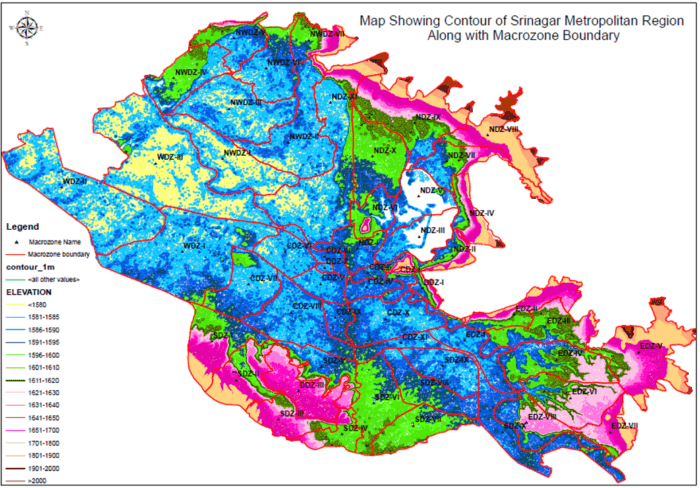 Color-coded map indicating elevation, macrozone boundaries, and contour lines of the Srinagar Metropolitan Region.
Color-coded map indicating elevation, macrozone boundaries, and contour lines of the Srinagar Metropolitan Region.Concrete success
In late-2023, Santander U.K., the British arm of the Spanish banking giant Banco Santander, announced that Unity Place in Milton Keynes, a city located around 50 miles northwest of London, would be its new headquarters. It put the Buckinghamshire city on the world’s financial map, with a spokesperson heralding the £150 million offices as a “new center of gravity” for the bank. The new base is also a bellwether for sustainable construction worldwide, with the offices raising the bar on energy efficiency, environmental sustainability, and occupant wellbeing. For example, building engineer WSP used Bentley software to carry out structural and geotechnical analysis, which allowed them to minimize the project’s embodied carbon, the name for CO2 emissions from the entire lifecycle of construction.
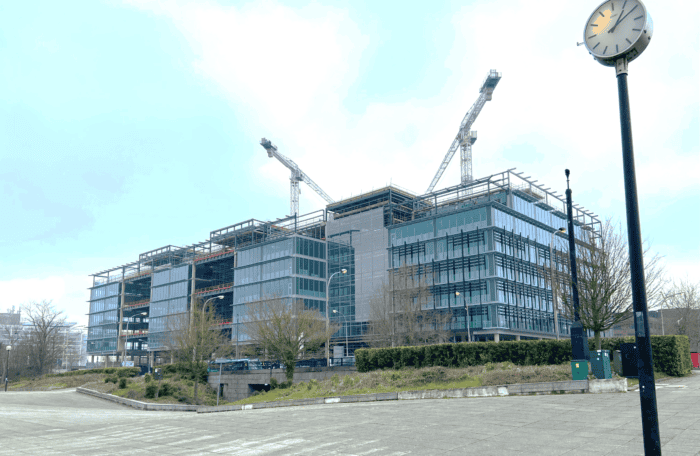 WSP used structural and geotechnical modeling and analysis applications to determine the most effective structural design, lowering carbon emissions during construction of Unity Place.
WSP used structural and geotechnical modeling and analysis applications to determine the most effective structural design, lowering carbon emissions during construction of Unity Place.WSP engineers discovered they could replace 50% of the cement in the construction material with a recycled alternative without compromising on the building’s structural integrity. This reduced the CO2 content of Unity Place’s large concrete slabs. They also realized they could do the same with less, such as reducing the thickness of the ground-bearing ‘raft’ foundation by 25 millimeters. That may not seem like much, but this saving was achieved over 53,000 square meters. These, and other, insights helped to eliminate 16,000 tons of concrete from Unity Place’s design, and significantly reduce its CO2 emissions, allowing WSP to exceed the 2030 CO2 reduction targets set by the London Energy Transformation Initiative, an industry group with more than 1,000 voluntary members.

